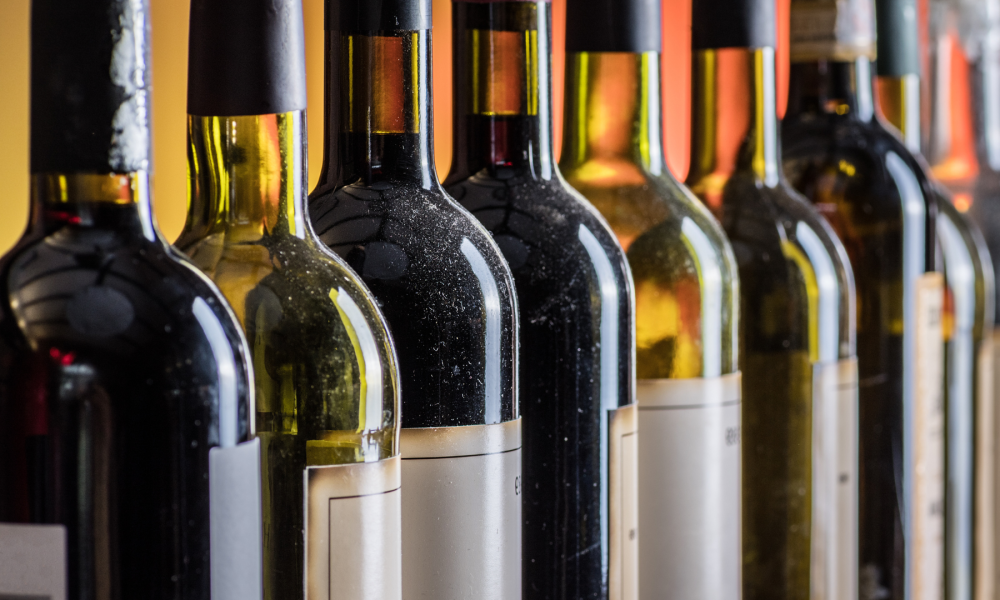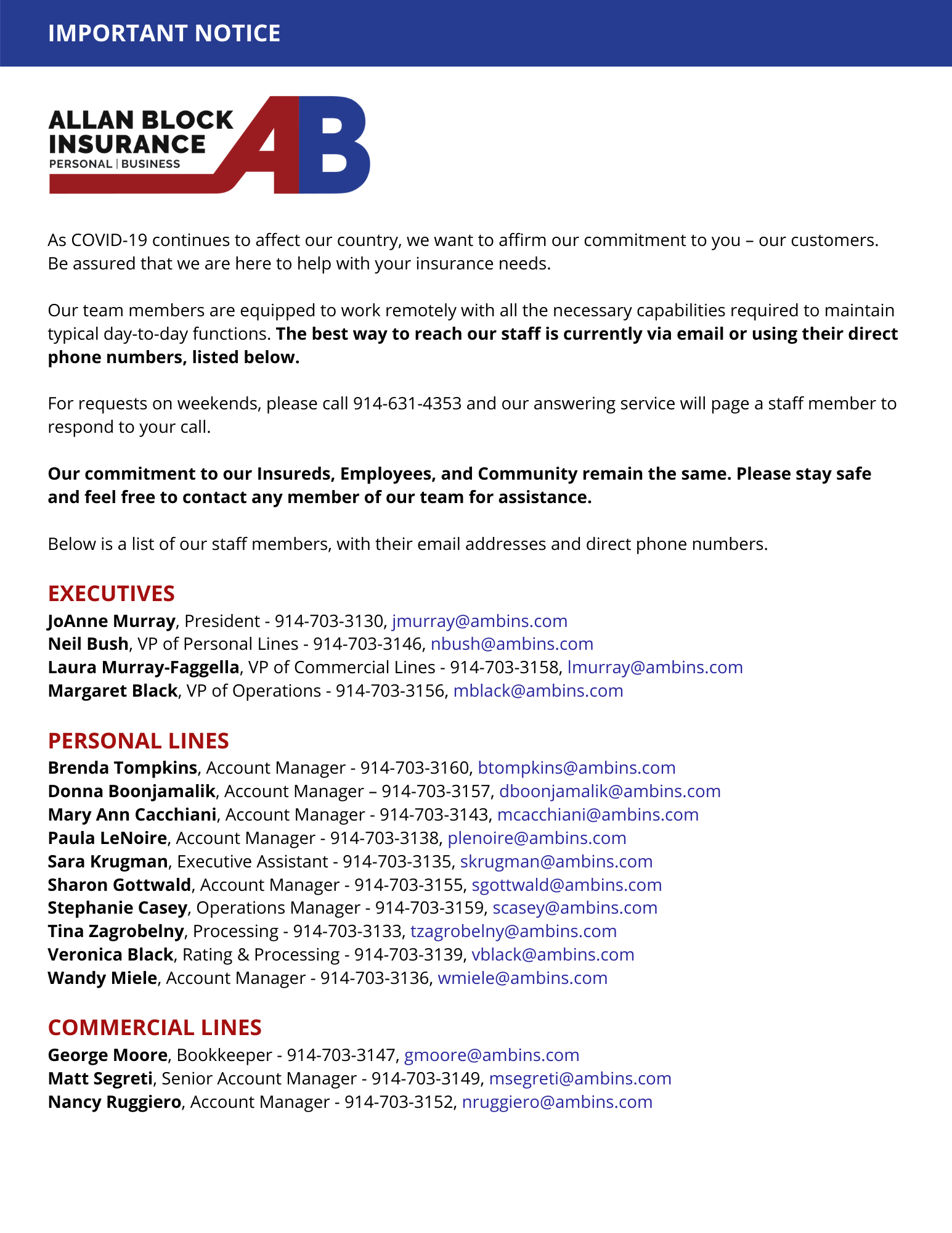Are you a wine aficionado? Do you have an expansive collection of fine and rare wines?
If you fit the bill, you are surely storing the wine properly. But what if you had a major power outage in the summer that lasted for days and your collection simmered in the high heat? What if a hurricane, tornado or earthquake struck, breaking hundreds of bottles of wine in the process?
Although broken thermostats and electrical power outages may not be avoidable, there are still risk management measures that can be put in place to help prevent or reduce the loss.
While there are several measures you can take to protect your wine, in the end, your best efforts could be for naught in case of a serious and unexpected event, like the ones described above. And if your wine collection is worth more than $10,000, you should seriously consider purchasing wine collection insurance.
Unfortunately, many connoisseurs find out the hard way that their homeowner’s insurance does not cover damage to their collections. Typically, you need to purchase a specific policy or a rider to your homeowner’s policy to cover your wine collection.
There are often two types of wine-specific policies or riders:
- Blanket policy – This policy, or rider, gives you the option to add and remove (drink) bottles without having to notify the insurance company each time. Your wine collection would be valued at the beginning and you would only need to inform your insurer if you bought a large lot of wine or if some of your wines significantly grew in value.
- Scheduled policy – For this policy, you need to itemize each bottle or case to essentially insure them separately. This is ideal for high-priced collections that you intend to keep and not necessarily drink.
These policies will cover:
- A breakdown or failure in your climate-control system that ends up damaging your wine.
- New purchases.
- Your wine in transit.
Protecting your wine
You should consider the following:
- Have a backup generator — To avoid the risk of a failure in your climate control system, you could install a backup generator that kicks in in the event of an electrical system shutdown.
- Install temperature sensors — Ideally, they would be connected to your central alarm system.
- Ideal location — If you are building a wine cellar, locate it below ground and adjacent to an exterior wall. Such locations tend to be cooler.
- Off-site storage facility — You can keep your most valuable bottles off-site, and your more everyday consumable bottles at home.
- Pick a good storage vendor — Make sure that you choose a vendor who has a manager or sommelier who is responsible for your collection to ensure it’s not comingled with another customer’s wine.
- Select the right transporter — When shipping large collections, or high-priced individual bottles, choose companies with fine art/wine experience, instead of common carriers.
- Have a good inventory system — Keeping your collection in an orderly manner is essential, so you know what you have and how much it’s worth. Ideally, you would have all of your wine on a spreadsheet and use an inventory system that keeps track of your collection. There are a number of web-based wine-management systems on the market. Equally important, use an Excel-like spreadsheet to keep track of your wine additions and use.
- Preventing breakage — If you live in an earthquake-prone area, you may need to use steel racks anchored to concrete flooring to keep the collection stable in case of a temblor.



